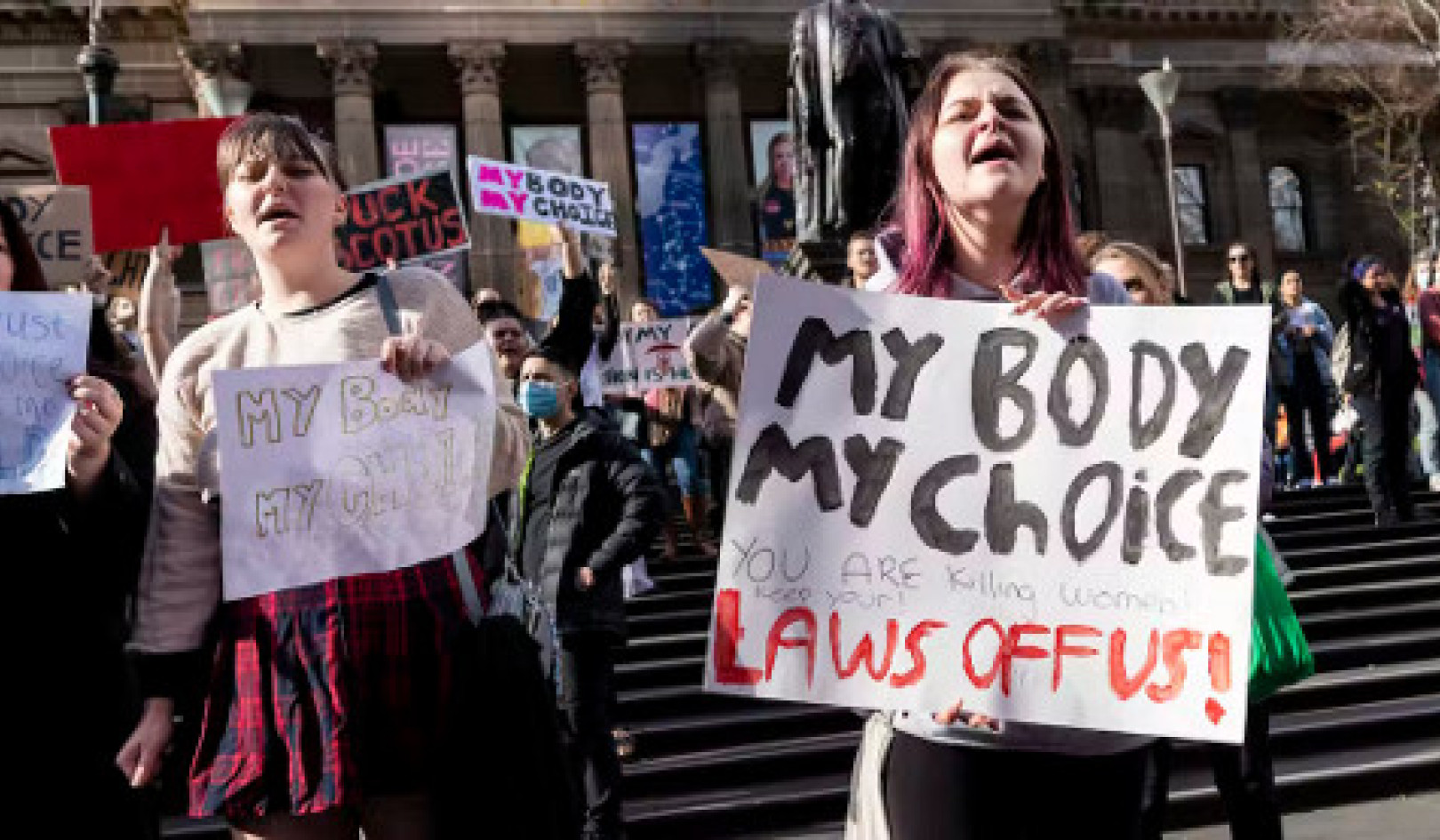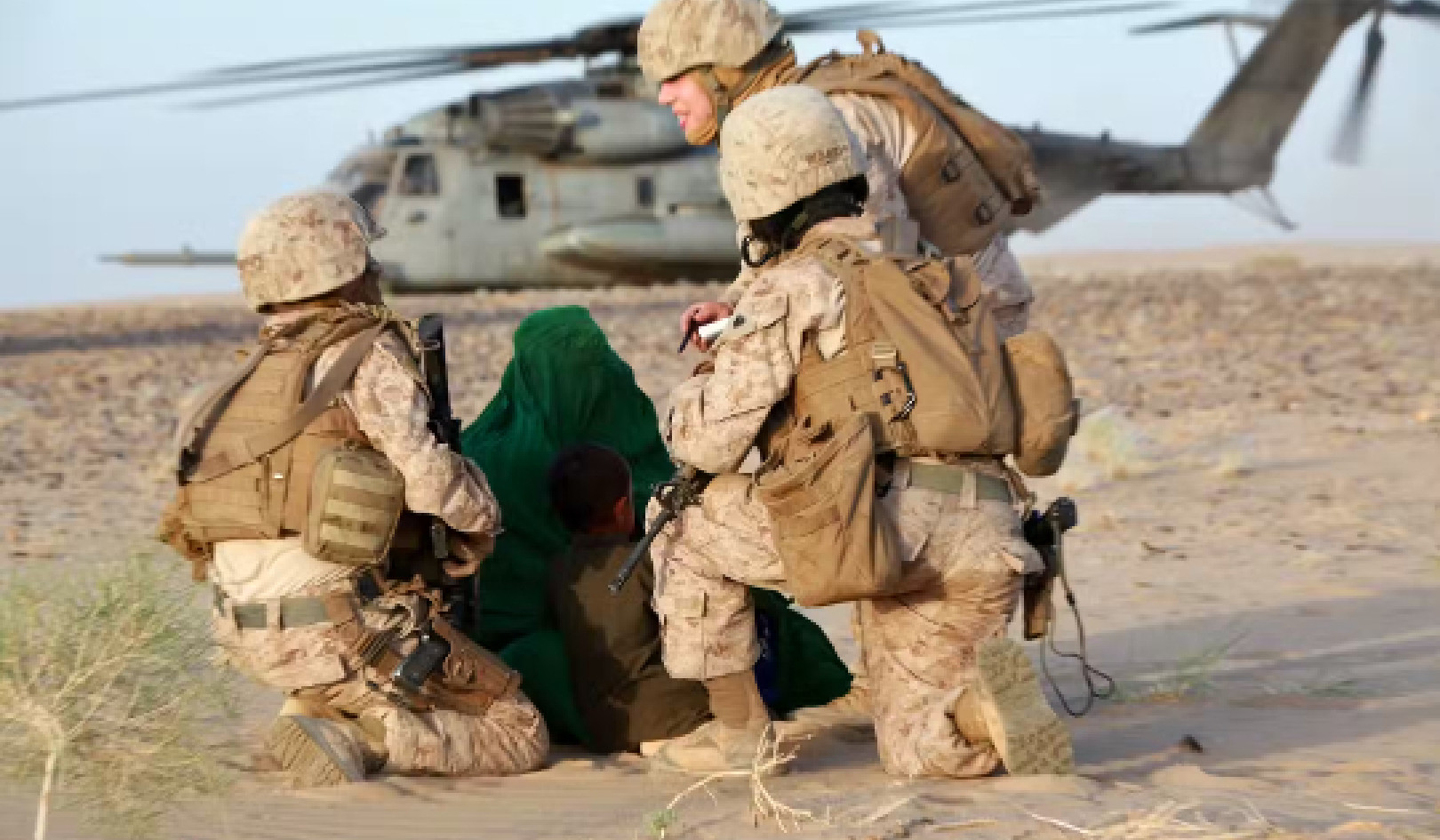
Never doubt that a small group of concerned citizens can change the world. Indeed, it’s the only thing that ever has. — Margaret Mead
In 1999, the South Carolina Department of Transportation (DOT) decided to replace two aging bridges over the Cooper River connecting the city of Charleston to the town of Mount Pleasant. The original design didn’t include accommodations for bicyclists.
A small group of concerned citizens got organized. They attended dozens of community group meetings to share their vision for a bikeable bridge. They didn’t have much money, but a coalition of local groups supported their cause.
Grassroot Bicycle Advocacy: Minor Tactics, Major Results
They decided to target the mayors on either side of the bridge and the DOT commissioner. Pooling limited resources, they printed thousands of postcards addressed to the mayors asking them to ensure the new bridge was bikeable.
Their tactic with the DOT was to publicly thank them for including bike accommodations in the new bridge design before the DOT had ever agreed to such a thing. They printed T-shirts and bumper stickers and took out a full-page ad in the local paper with the slogan “Can’t Wait to Bike the New Bridge: Thanks SCDOT!”
Because of this campaign to put pressure on the DOT, along with the thousands of postcards delivered to the mayors and a broad-based coalition of support, the final bridge design included a twelve-foot-wide bicycle and pedestrian path.
Small Groups of Concerned Citizens Can Make a Big Impact
There is no shortage of challenges and opportunities for cycling advocacy. The Charleston story is just one example of how a small group of concerned citizens can make a big impact. If you’re interested in making your community a better place to bike, you can make a difference.
First, make a list of the obstacles and opportunities you see. What is in the way of a safe ride for you, or anyone, where you live? What is your vision for a bicycle-friendly neighborhood or town? You might find you come up with a dozen things you’d like to tackle. Which of these things will make the biggest impact on bicycling and safety? Try to narrow the choices down to a winnable issue.
Pick Your "Fights" Wisely & Gain Some Rights
While a complete network of off-road bicycle paths might be your big vision, don’t bite off more than you can chew at first. Start with an issue that matches your capacity — perhaps a short trail that could be part of a bigger network later on, or bicycle access on a critical bridge.
Try to pick an issue that many people care about, and at least a few people care passionately about. This is important because the more people you enlist to work on the campaign, the more political power you’ll wield.
If you’re working with an established or new advocacy group, you should also think about the long-term impact of your campaign. How will it help your group grow so that you are stronger and prepared to take on an even bigger campaign the next time?
 How To Translate Your Vision to Victory
How To Translate Your Vision to Victory
Once you’ve identified the problem you want to tackle, here are some tips for translating your vision to victory.
1. Define your issue. What problem are you addressing? What is your proposed solution? Boiling these answers down to a concise and hopeful statement that can be recited in thirty seconds is a crucial first step.
2. Set goals. How will you know when your campaign is over and you can hold your victory celebration? Be clear about your end goal. You may also want to set short- and medium-term goals that will help achieve your ultimate goal.
3. Assess resources. Be realistic about the strengths and weaknesses of your team. What allies do you have who will support your issue? Who are your potential opponents? Do you have lots of connections but little money? Taking inventory of your assets will help you pick a winning strategy.
4. Strategize. Whose minds do you need to change to get the results you seek? Identify the decision makers: they are your primary targets. Next, think about people who can influence those decision makers: they are your secondary targets. Do you know any of them? Develop a path for reaching your primary target.
5. Craft your message. Hone your elevator speech — the quick pitch for your issue that you can make in a short elevator ride with a decision maker. This will also come in handy when you’re talking to the media. A clever and memorable slogan can also make a big impact and can be printed on postcards, bumper stickers, and signs.
6. Develop tactics. This is the fun part. Many organizers will want to skip right to this step, but the other steps should come first to help you choose the right tactics. Tactics should address a primary or secondary target or public audience: they should help achieve your goals and be realistic given your resources. Tactics should unite your supporters and not alienate others. Also think about tactics that will attract media to your issue. Though not always the most appropriate choice, media attention can help you gain more supporters and catch the attention of your key targets.
7. Manage resources. Every campaign effort takes some resources: time, money, or both. What resources do you need to win your campaign? You might need money to buy signs or postcards, or a hundred people to show up for a rally. Be realistic about what resources are needed and how you will obtain them.
Celebration & Gratitude: Rewarding Participants with Pride & A Sense of Accomplishment
When you win what you set out to achieve, be sure to celebrate and thank everyone who helped. The reward for all your hard work is an awesome sense of accomplishment. You can take pride in being a spark that started a flame and transformed the landscape for cycling. And hopefully you’ll also enjoy a smoother ride.
Resources: These resources are published by the Alliance for Biking and Walking and are not publicly viewable online:
1) Campaign Checklist (Washington, DC: Alliance for Biking and Walking, 2010).
2) Winning Campaigns Workbook (Washington, DC: Alliance for Biking and Walking, 2010).
©2011 by Amy Walker. All Rights Reserved.
Reprinted with permission of the publisher,
New World Library. www.newworldlibrary.com
This article was excerpted with permission from the book:
 On Bicycles: 50 Ways the New Bike Culture Can Change Your Life
On Bicycles: 50 Ways the New Bike Culture Can Change Your Life
edited by Amy Walker.
On Bicycles gathers a wide-ranging group of cycling writers to explore the ways that biking can change, and is changing, people’s lives. From utility bikes that are becoming the primary mode of transportation for entire families to the artistic creations of freakbike riders, On Bicycles has something for everyone who has ever ridden a bike.
Click here for more info and/or to order this book on Amazon.
About the Author
 Kristen Steele is the former executive director and one of the founders of Charleston Moves in South Carolina. Kristen currently manages and coordinates the Alliance for Biking and Walking's Benchmarking Project, which produces a biennial publication that compiles and analyzes biking and walking data from all 50 states and the 50 most-populous cities. She is also a writer and columnist for Momentum Magazine.
Kristen Steele is the former executive director and one of the founders of Charleston Moves in South Carolina. Kristen currently manages and coordinates the Alliance for Biking and Walking's Benchmarking Project, which produces a biennial publication that compiles and analyzes biking and walking data from all 50 states and the 50 most-populous cities. She is also a writer and columnist for Momentum Magazine.























